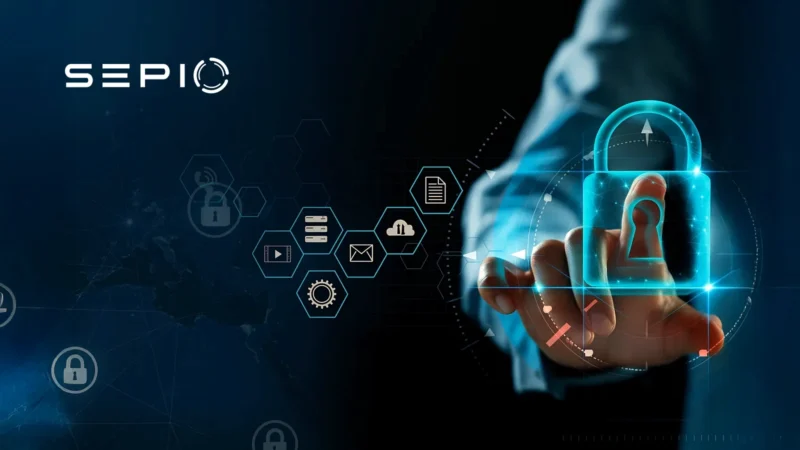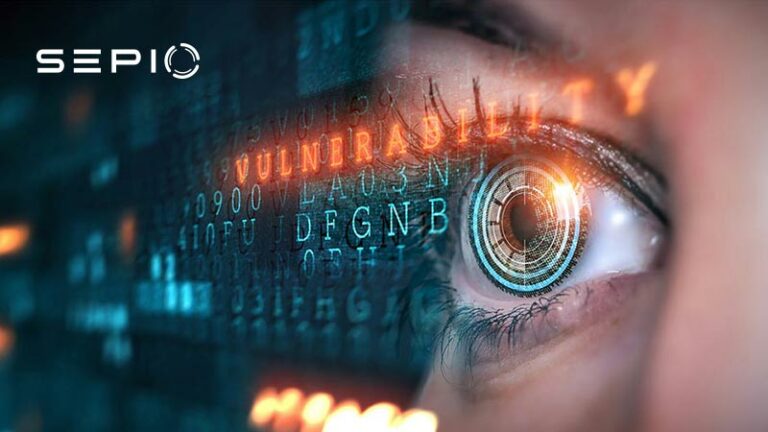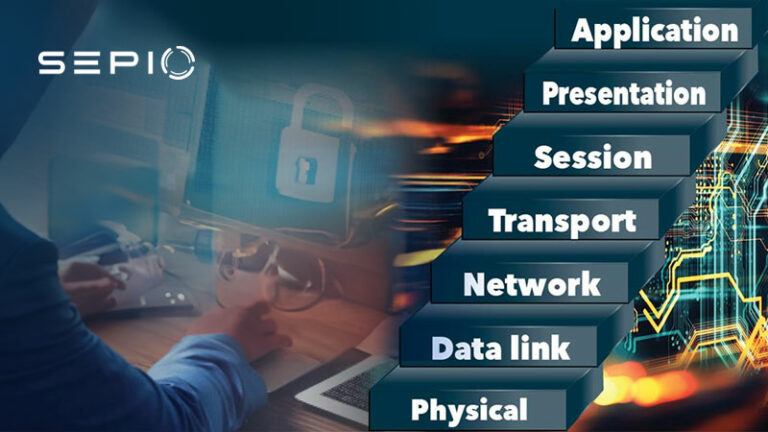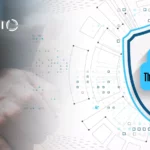Cybersecurity Risk Management
Cybersecurity risk management is the process of identifying, assessing, and mitigating risks to an organization’s information assets. This practice is crucial for protecting data from unauthorized access, disclosure, alteration, or destruction. It is also a foundational component of IT risk management, ensuring that technical infrastructure aligns with the organization’s broader risk tolerance and compliance standards.
In January of 2022, the FBI issued a warning about a well-known international cybercrime group, FIN7, that was mailing Universal Serial Bus thumb drive sticks secretly loaded with malware to companies. The packages, disguised to look like they were from trusted sources, highlighted a significant security risk: anything connected to a network implicitly cannot be trusted. This attack and others show how digital threats often merge with physical layer threats, increasing the complexity of effective IT risk management.
The cyber risk management approach known as Zero Trust (ZT) emphasizes that no device, user, or system, whether inside or outside the network perimeter, is trusted by default. Earlier this year, the U.S. federal government mandated that all agencies follow Zero Trust Architecture (ZTA), ensuring that cybersecurity risk management includes authentication and authorization of all hardware and software. According to the Department of Defense’s Zero Trust Reference Architecture, “The foundational tenet of the Zero Trust Model is that no actor, system, network, or service operating outside or within the security perimeter is trusted. Instead, we must verify anything and everything attempting to establish access.”
Zero Trust Risk Management Approach
Zero Trust is rooted deeply in principles of access and identity management and the demand for visibility of everything in the inventory, including physical layer visibility threats. The bad USB devices incident demonstrated how hackers will often choose the path of least resistance to drop malicious code and instigate a breach. That is why visibility is so important to be able to know what may have been planted to exfiltrate data or corrupt your business network. Visibility must be a core part of every organization’s Zero Trust strategy and overall IT risk management framework.
Hackers use devices like Raspberry Pis, phone chargers, and small computers to bypass traditional cybersecurity measures. These rogue devices can be particularly difficult to detect, which is why they pose a serious risk in cybersecurity risk management. These devices can spy, exfiltrate data, or deploy ransomware that can cripple organizations. In fact, in 2021, 37% of businesses were hit by ransomware attacks. These incidents continue to rise, and rogue devices remain a major contributor to IT risk management challenges.
Cyber Risk Mitigation
In today’s connected world, physical layer threats are no longer separate from digital threats; they are intertwined. The rise of Internet of Things (IoT) devices is an example of how cyber risk management has to adapt. Many IoT devices are more vulnerable to attacks than traditional computers because they are easier to access. By 2025, it’s projected that there will be over 30 billion IoT connections globally, one for nearly every person on Earth. As the number of devices grows, cybersecurity risk management strategies must evolve to protect these connected assets.
Cybersecurity Risk Management by 2025
The cyber risk management landscape will continue to evolve in 2025, facing increasingly sophisticated physical-layer and cybersecurity threats. According to the Allianz Risk Barometer, cyber perils are the biggest concern for companies globally, even more than natural disasters, supply chain disruptions, or pandemics. With the growing number of connected devices, every company and individual is at risk from cybercriminals, including state-sponsored actors, organized cybercriminal gangs, and even disgruntled employees.
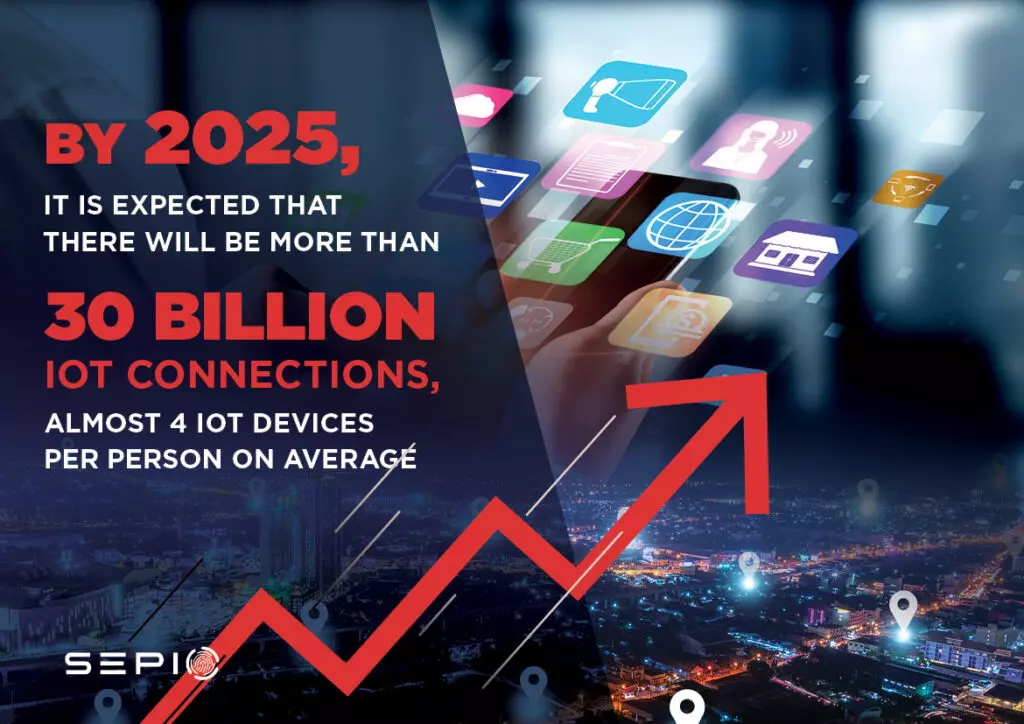
Rogue Device Threats and Mitigation
Rogue devices are a significant cybersecurity threat, but there are ways to mitigate them. Sepio is a leader in physical layer visibility and offers a cybersecurity risk management solution that provides real-time visibility into the behavior of all hardware assets. Using a combination of physical fingerprinting technology and device behavior analytics, Sepio’s platform allows security teams to continuously monitor and protect infrastructure from rogue devices, ransomware, and other threats.
Through comprehensive asset risk management (ARM), Sepio enhances policy enforcement and equips organizations with the tools they need to strengthen their cybersecurity risk management strategy. By leveraging Zero Trust Hardware Access (ZTHA), Sepio helps organizations identify gaps and employ comprehensive solutions, including addressing the hidden threats posed by rogue devices.
Addressing Today’s Cybersecurity Threats with Sepio
As cyber threats evolve, organizations must take a proactive approach to cybersecurity risk management. By focusing on both physical and digital security, companies can protect their infrastructure from attacks. Sepio offers comprehensive cyber risk management tools to secure your network from these emerging threats.

